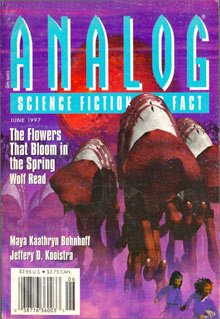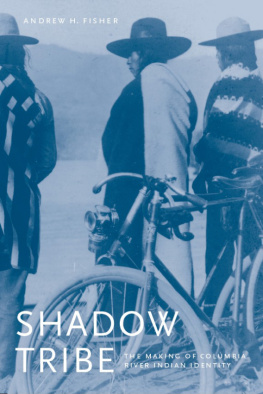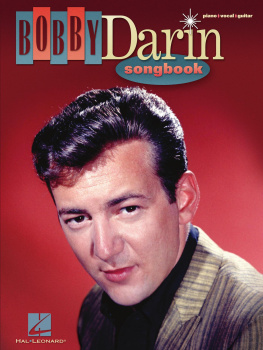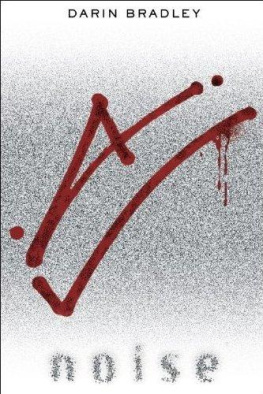The Capell Family Endowed Book Fund supports the publication of books that deepen the understanding of social justice through historical, cultural, and environmental studies.
 www.tulalipcares.org www.tulalipcares.org | This book was also supported by a generous grant from the Tulalip Tribes Charitable Fund, which provides the opportunity for a sustainable and healthy community for all. |
Copyright 2017 by the University of Washington Press
Printed and bound in the United States of America
Composed in Charter, typeface designed by Matthew Carter
21 20 19 18 17 5 4 3 2 1
All rights reserved. No part of this publication may be reproduced or transmitted in any form or by any means, electronic or mechanical, including photocopy, recording, or any information storage or retrieval system, without permission in writing from the publisher.
University of Washington Press
www.washington.edu/uwpress
Library of Congress Cataloging-in-Publication Data
Names: Daehnke, Jon Darin, author.
Title: Chinook resilience : heritage and cultural revitalization on the lower Columbia River / Jon D. Daehnke ; foreword by Tony A. Johnson.
Description: 1st edition. | Seattle : University of Washington Press, [2017] | Series: Indigenous confluences | Includes bibliographical references and index. |
Identifiers: LCCN 2017017192 (print) | LCCN 2017018491 (ebook) | ISBN 9780295742274 (ebook) | ISBN 9780295742250 (hardcover : alk. paper) | ISBN 9780295742267 (pbk. : alk. paper)
Subjects: LCSH: Chinook Indians. | Chinook IndiansLand tenure. | Chinook IndiansGovernment relations. | CanoesColumbia River RegionHistory.
Classification: LCC E99.C57 (ebook) | LCC E99.C57 D34 2017 (print) | DDC 979.5004/9741dc23
LC record available at https://lccn.loc.gov/2017017192
is an expanded and reworked version of We Honor the House: Lived Heritage, Memory, and Ambiguity at the Cathlapotle Plankhouse, Wicazo Sa Review 28, no. 1 (2013): 3864.
FOREWORD
A vibrant blue camas flower peeks out from under the low branches of a Douglas fir tree just across a ditch along a gravel road not frequently traveled.
Camas, a formerly abundant root food, doesnt go unnoticed in our families. Once it filled meadows edge to edge. Not so long ago, it flourished. Now it is relegated to a ditch, to some out of the way place. Away from the light its predecessors once enjoyed. Away from its former prominence. Eking out an existence in some undesired location.
The painful metaphor hidden under those branches doesnt go unnoticed either. When we, members of the Chinook Indian Nation, see that flower we see ourselves. We have been relegated to out of the way places. We have been uprooted from where we once flourished. We have been driven to the very edge of extinction.
Look, kids, its just like us. We have said it many times to our children. We have said it to the point that they are bored with it, but still we say it. This metaphor that we live alongside of, and that our children take for granted, matters. It is a reminder of a wealthy past. It is a reminder to not forget the struggles of our ancestors. It is a rallying cry to fight. The fight for our inheritance. The fight for something better than being relegated to out of the way places and away from our former prominence.
It is ironic that the territory of the five ancestral tribes of the Chinook Indian Nation is home today to tens of thousands of acres of preserved lands, refuges, set aside for the benefit and revitalization of those plants and animals in need of protection from the encroachment of civilization. It is even more ironic that Chinook families were once removed to make way for this idealized natural environment.
So what about us, the human beings who have been here since time immemorial, since the last ice age and beyond? Surely we are as much a part of the environment that these refuges and lands seek to protect. Where is our protection? Where are our lands? Where is our refuge?
The minuscule amount of land that the Chinook Indian Nation does own today has been donated to us by our membership. Not a single acre has been set aside by the federal government for us within our aboriginal territory. The total is significantly less than five acres.
Rather than benevolent governmental efforts focused on our survival, we have had our lands taken without compensation, been denied access to our resources and forced to attend Indian boarding schools, schools with the stated intention of kill the Indian, save the child. More recently it has simply been neglect and processes so thick with bureaucracy that we cant even know if our stated concerns have been heard, even when those concerns were sent daily for months on end (see A Letter a Day, www.chinooknation.org).
Why is this? What have we done to deserve this fate? We have been the friends of the newcomers from the beginning. We have shown them how and where to access resources and live in this beautiful territory. We have stepped aside as more came. We have married them, loved them, and fought for them in every war and conflict since the nineteenth century. We still work alongside them, celebrate their successes, and mourn their losses.
Have we not lived up to their expectations? Have we abandoned too many of our villages? Do not enough of us speak our own languages? Do we not look exactly as they expect? Well, who we are today is wholly a product of their policies and desires. It is not of our making. We say unequivocally that they havent lived up to our expectations.
Despite all of this, we survive. Some of us do speak our own languages. We invest countless hours volunteering to protect the lifeways and knowledge of our ancestors. We practice our culture in private, with our tribal neighbors and relatives and occasionally for public consumption. We live up to our obligations with the natural world. We acknowledge our tamanawas (spirits), the gifts of the plant people, and we welcome the first salmon, even while we are denied the right to take a single fish from the waterways of our ancestors.
For us to step out of the shadows we must have access to resources, a land base, and unambiguous federal acknowledgment.
Our current unrecognized status never ceases to amaze. The presumption of people to judge us from thousands of miles away proves their astounding cultural ignorance and bias. All three thousand members of our community are undeniably descendants of the Lower Chinook, Clatsop, Kathlamet, Wahkiakum and Willapa Chinookans. The Bureau of Indian Affairs (BIA) has clearly acknowledged that fact. The non-Native residents of our territory know we are here and continue to express their dismay at our situation. Every local, state, and federal government agency, including the BIA, interacts with us regularly. Regional Indian agents, treaty parties, Congress, and the Supreme Court have acknowledged us.












